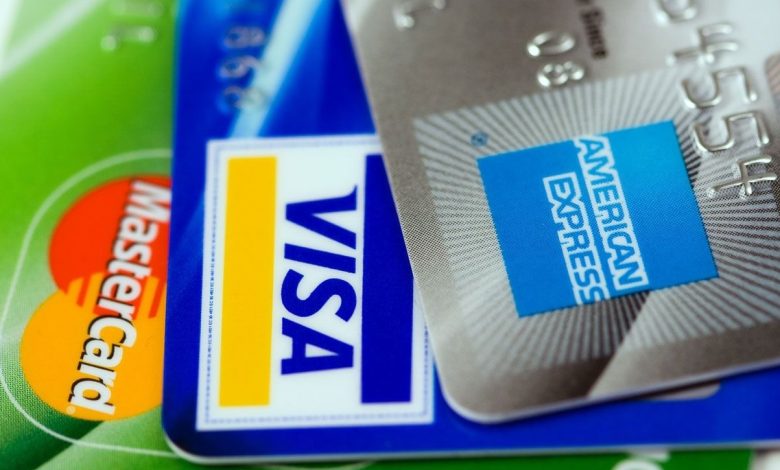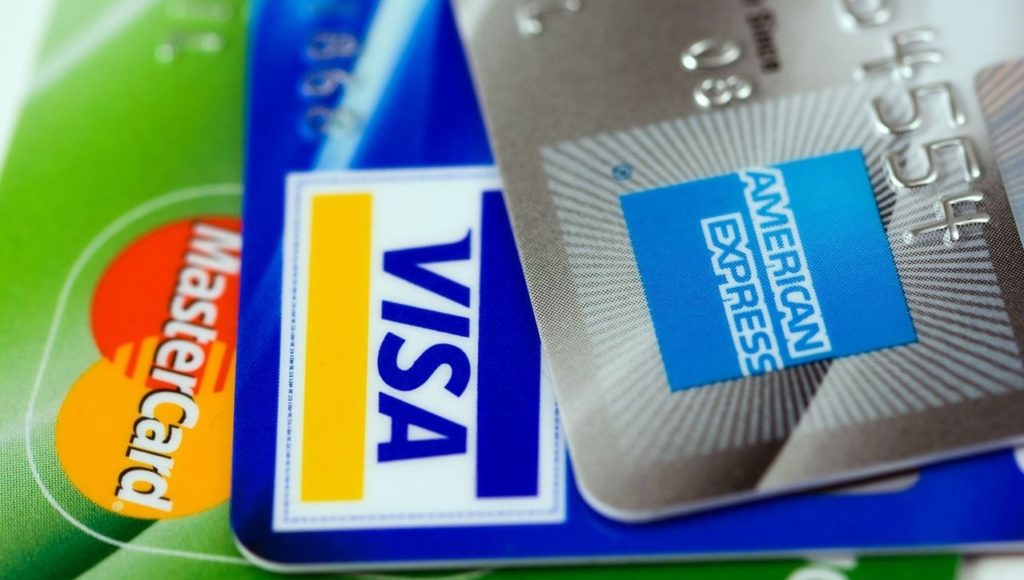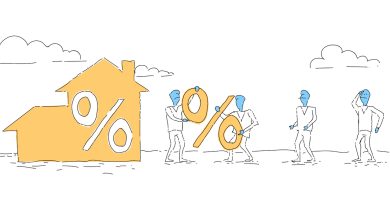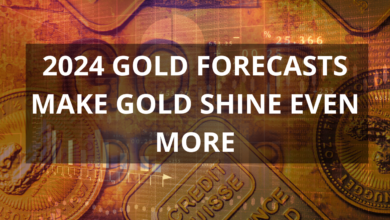Credit Card Borrowing Still Running Hot Even as Borrowing for Big-Ticket Items Tanks

Americans continued to run up credit card debt in May, but borrowing for big-ticket items tanked. This could indicate that cash-strapped, over-leveraged consumers are reaching the end of the rope.
American consumers borrowed another $7.2 billion in May, increasing total consumer debt to a record $4.865 trillion, according to the latest data released by the Federal Reserve.
The monthly rise in consumer debt was the smallest since November 2020.
On an annual basis, consumer debt rose 1.8%.
The Federal Reserve consumer debt figures include credit card debt, student loans, and auto loans, but do not factor in mortgage debt. When you include mortgages, US households are buried under a record level of debt. Household debt cracked $17 trillion for the first time ever in the first quarter of this year.
While overall borrowing slowed significantly, Americans are still making a lot of purchases on plastic.
Revolving credit – primarily reflecting credit card debt – increased by $8.5 billion, a healthy 8.2% year-over-year increase.
To put the numbers into perspective, the annual increase in 2019, prior to the pandemic, was 3.6%. It’s pretty clear that Americans are heavily relying on credit cards to make ends meet.
Americans now owe a record $1.254 trillion in revolving credit alone.
According to analysis by PTMNTS, Americans are increasingly using credit cards to make ends meet as prices continue to rise.
The data shows that 33% of consumers increased their reliance on credit cards in the last six months and just 15% decreased their card-related spending. High-spending revolvers were the most likely to shift more spending to their cards, as nearly half did so. And 43% of consumers who reported experiencing deeply negative impacts from higher prices ramped up their card spending did so.”
The bigger problem is the double whammy of rising debt and rising interest rates. Average credit card interest rates eclipsed the previous record high of 17.87% months ago. The average annual percentage rate (APR) currently stands at 20.55%.
This probably explains why more and more people are struggling to pay those credit card bills. Consumers typically pay down credit card debt during the first quarter of the year. In Q1 2023, credit card debt remained basically unchanged. The annual payoff never happened.
NBC News revealed just the impact of rising interest rates on indebted consumers.
Bankrate data shows it would take 16 years for someone to pay off the current average credit card balance of $5,474 by making the minimum payments at 19.2%. At that point, they would have shelled out $7,365 in interest alone.”
While Americans are continuing to spend money on everyday purchases using credit cards, borrowing for big-ticket items such as automobiles has tanked in recent months. Non-revolving credit, including student loans, auto loans and borrowing for other big-ticket items, went negative in May, contracting by -0.4%. On average, non-revolving debt has increased by 5% on an annual basis.
The plunge in non-revolving credit indicates that consumers have cut back spending on big-ticket items. That could signal that the economy is slipping toward a recession.
Nevertheless, spiking interest rates are not slowing down credit card borrowing. That’s likely because people simply don’t have a choice.
Federal Reserve rate hikes theoretically slow down borrowing and cool demand. But while people can cut discretionary spending, the average person can’t just stop buying groceries or filling up their gas tanks. If prices are rising faster than incomes, people have to turn to credit cards, no matter how high the interest rates climb.
This is a big problem for the Fed as it tries to battle rising prices with interest rate hikes. The inflation that the central bank created is forcing people to go deeper into debt to cope with rising prices. Meanwhile, the inflation fight is making debt more and more expensive.
The bottom line is that Americans continue to borrow at an excessive rate because they don’t have any other way to make ends meet. People don’t run up their Visa balance month after month to buy groceries when they are in “very strong” financial shape. The stimulus checks are long gone. Savings are being depleted. The average person has no choice but to pull out the plastic. Of course, this is not a sustainable trajectory. A credit card has this inconvenient thing called a limit.
Call 1-888-GOLD-160 and speak with a Precious Metals Specialist today!
Buka akaun dagangan patuh syariah anda di Weltrade.
Source link







